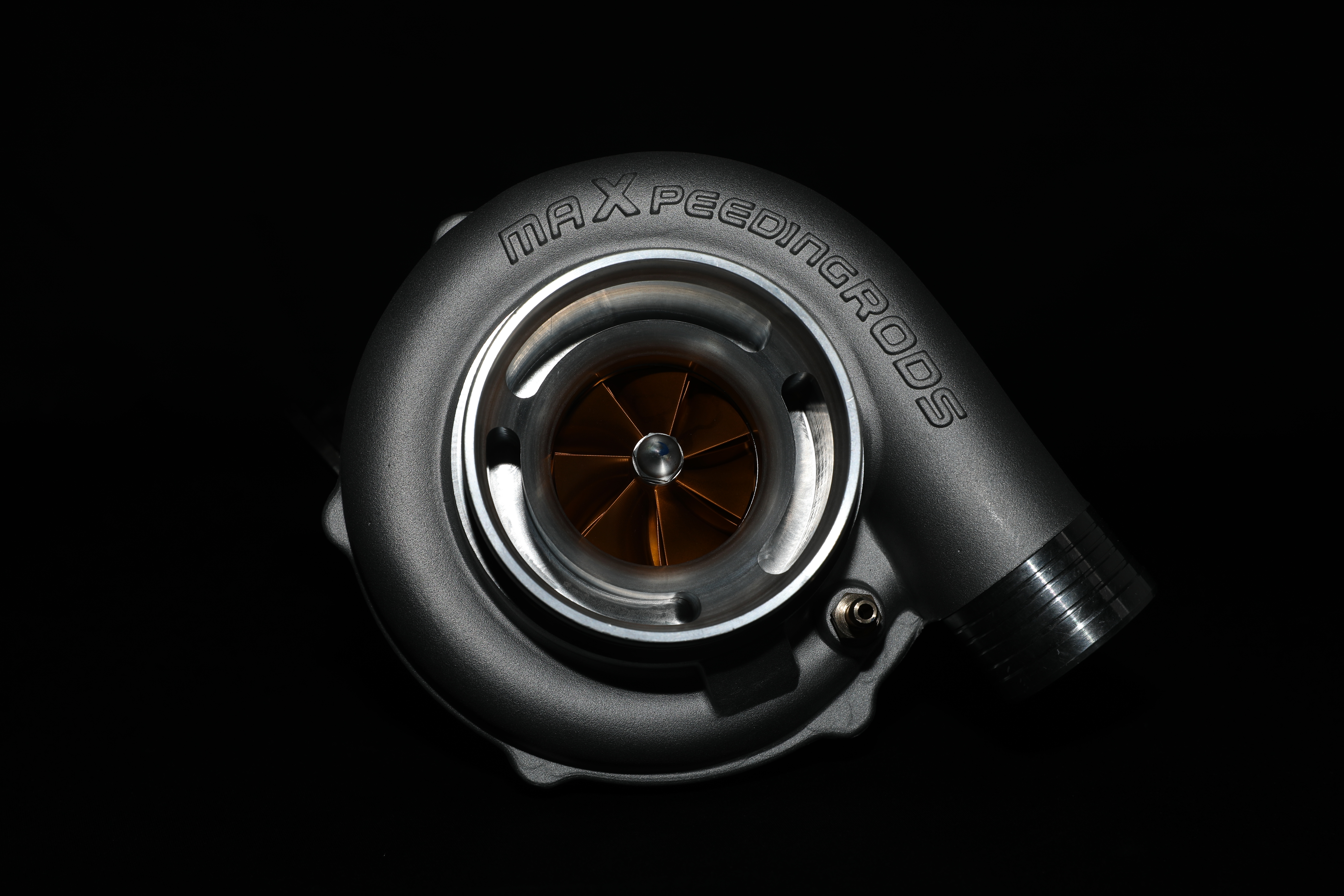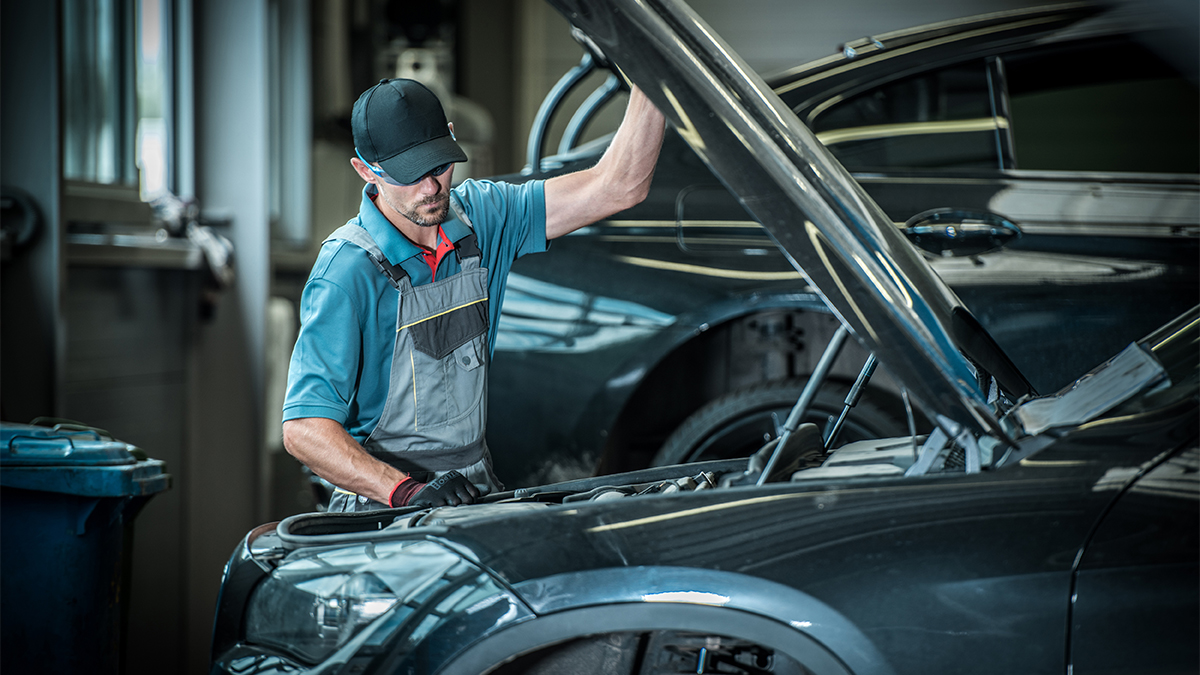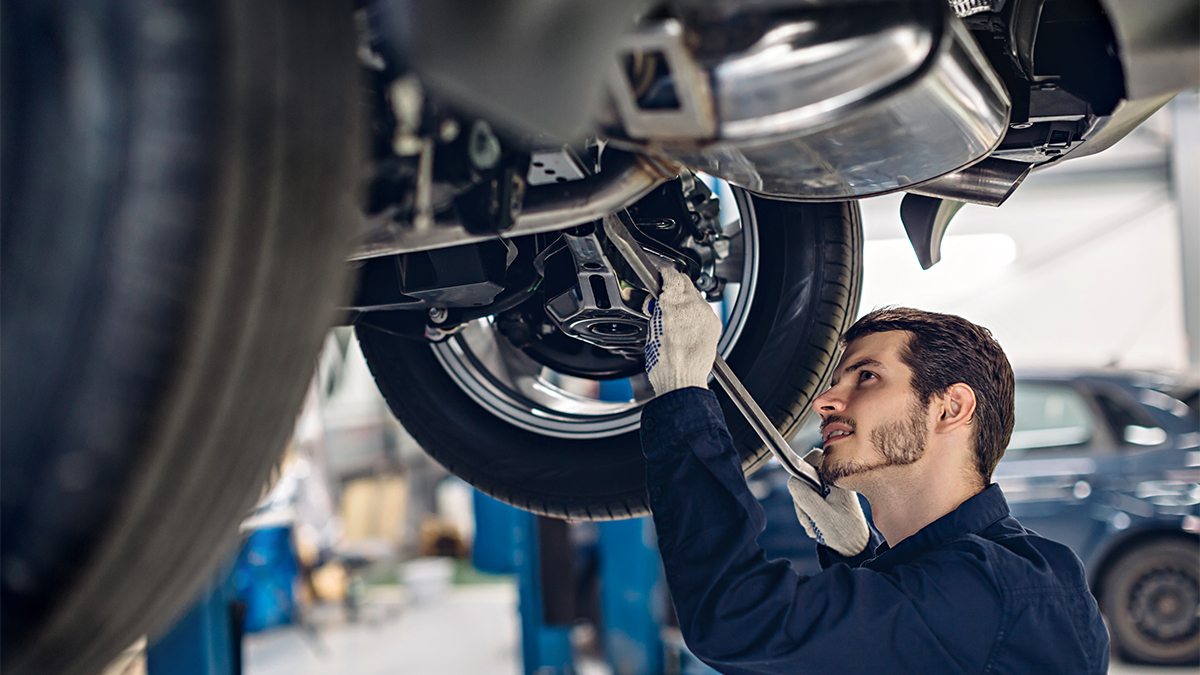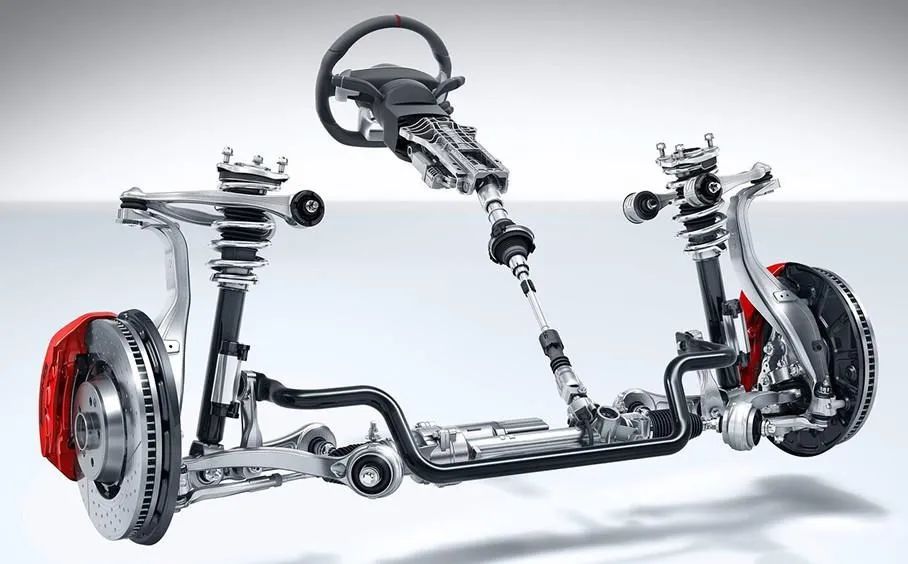We talked about defining crank horsepower and twin-turbo setup in part A. Now we’ll proceed to continue discussing the rest calculations here. Let’s go.
- Pressure Ratio
The pressure ratio is the most essential factor of your turbo. It indicates typical how much pressure the compressor stage will generate at a given speed relative to atmospheric pressure along with inlet conditions (filter restrictions).
One of our customers used a twin-turbo setup with our Universal Turbo. His target is around 350 bhp, an increase of about 32% power over stock (265 bhp). The engine’s already been tuned, so how well it’s performing?
A simple equation: PR=14.7 + Observed Boost/14.7. For the observed boost pressure of 7 pounds psi, so the result is around 1.47.
- Air Flow (Wa)
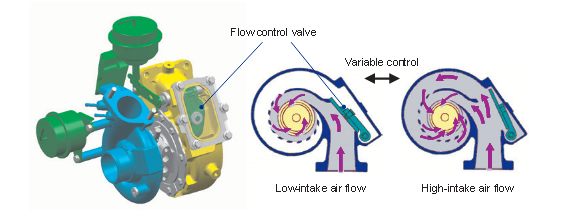
This calculation tells us how much airflow we need to support the required horsepower target and how much air flows through a compressor and engine over a given period.
Here’s the equation: Wa = HP x A/F x BSFC/60
BSFC: different engines using different fuel types will have different BSFC values.
Some general BSFC values to use when making calculations here.
| Gasoline | 0.45-0.5 |
| E85 | 0.6-0.7 |
| Methanol | 0.9-1.05 |
And some general A/F values:
| Gasoline | 14.7:1 |
| E85 | 8.5:1 |
| Methanol | 6.47:1 |
Take MaXpeedingRods’ Universal Turbo as an example, which corresponding horsepower range is 300-850, and imported movement bearing and precise dynamic balance support maximum pressure of 3.0bar. How much A/F should it be?
If use gasoline and 600 target horsepower, 14.7 A/F, and BSFC 0.45. then, A/F is 60014.7 0.45/60=66.15 lb/min.
- AR ratio
The letters A and R refer to area and radius. AR indicates turbo housing size. The aspect ratio (AR) is the ratio of the area of the exhaust inlet to the radius from the turbine impeller center. The AR ratio should remain the same. For example, if the radius of the turbocharger is greater at a given point, the cross-sectional area of that spot should be larger, vice versa.
In simpler terms, smaller A/R ratios optimize the turbo for quicker response, reducing high RPM power. Larger A/R ratios have more boost at high RPM, but you will experience more “turbo lag”.
If you want turbo provides additional efficiency, then a lower A/R ratio is better for you as the engine will be very responsive. If you hope turbo provides maximum power for racing, then a high A/R ratio is preferred. It will present less back pressure and more boost. However, a more noticeable lag will be.
For example, I was using the GT3071 turbo with a v-band 0.82 A/R housing netted to 500whp.It’s always for daily driving but this housing also delivered a good response for on-track performance. If I pursue to increase horsepower to defeat my competitor, I will change to GT45 with the 1.01 A/R turbine housing. It is simple to change turbine housing because there is required no change to manifold piping given, and I will pick up 50whp.
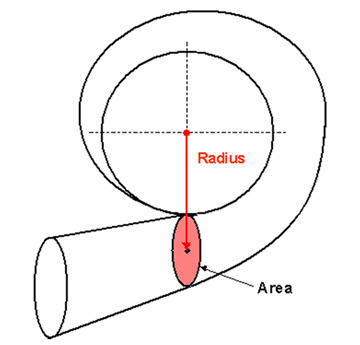
More detail about Differences in Picking Turbos for a Drag Car, Road Car, and Street Car, you can find it in another blog.We MaXpeedingRods provide from entry-level to high-performance turbos for every modification enthusiast. Hopefully, this post gives you a general understanding of how to select a turbo for your car.
